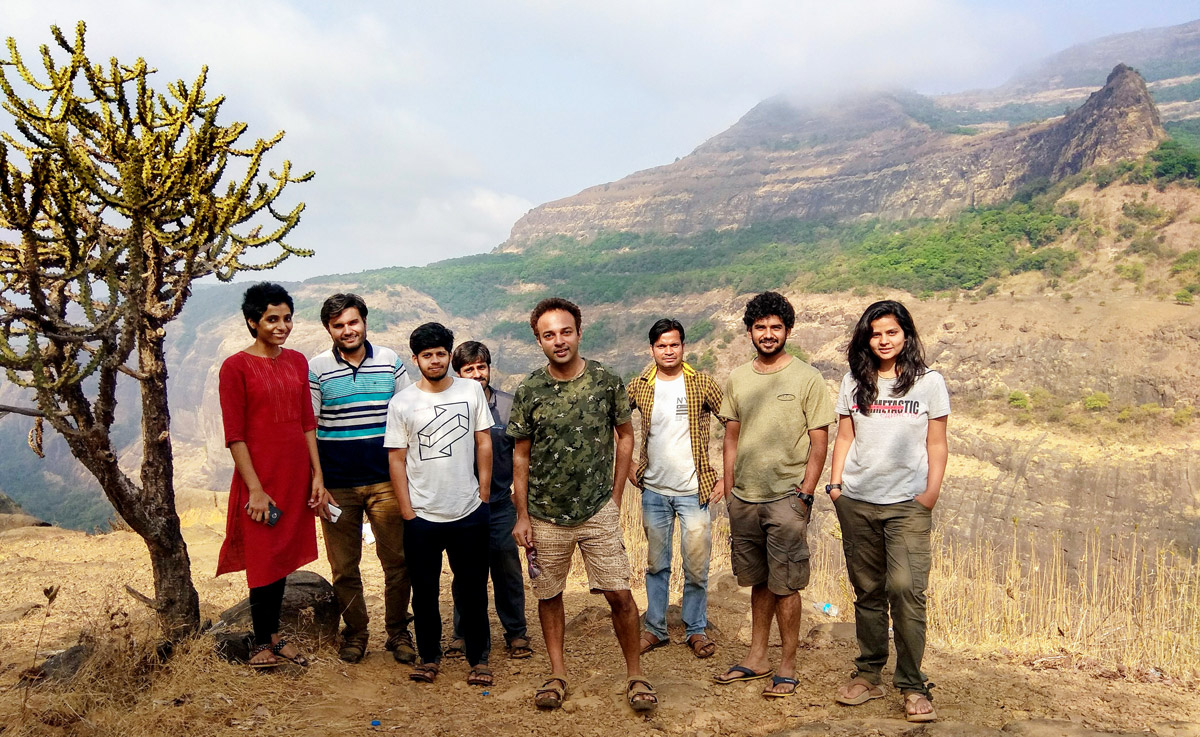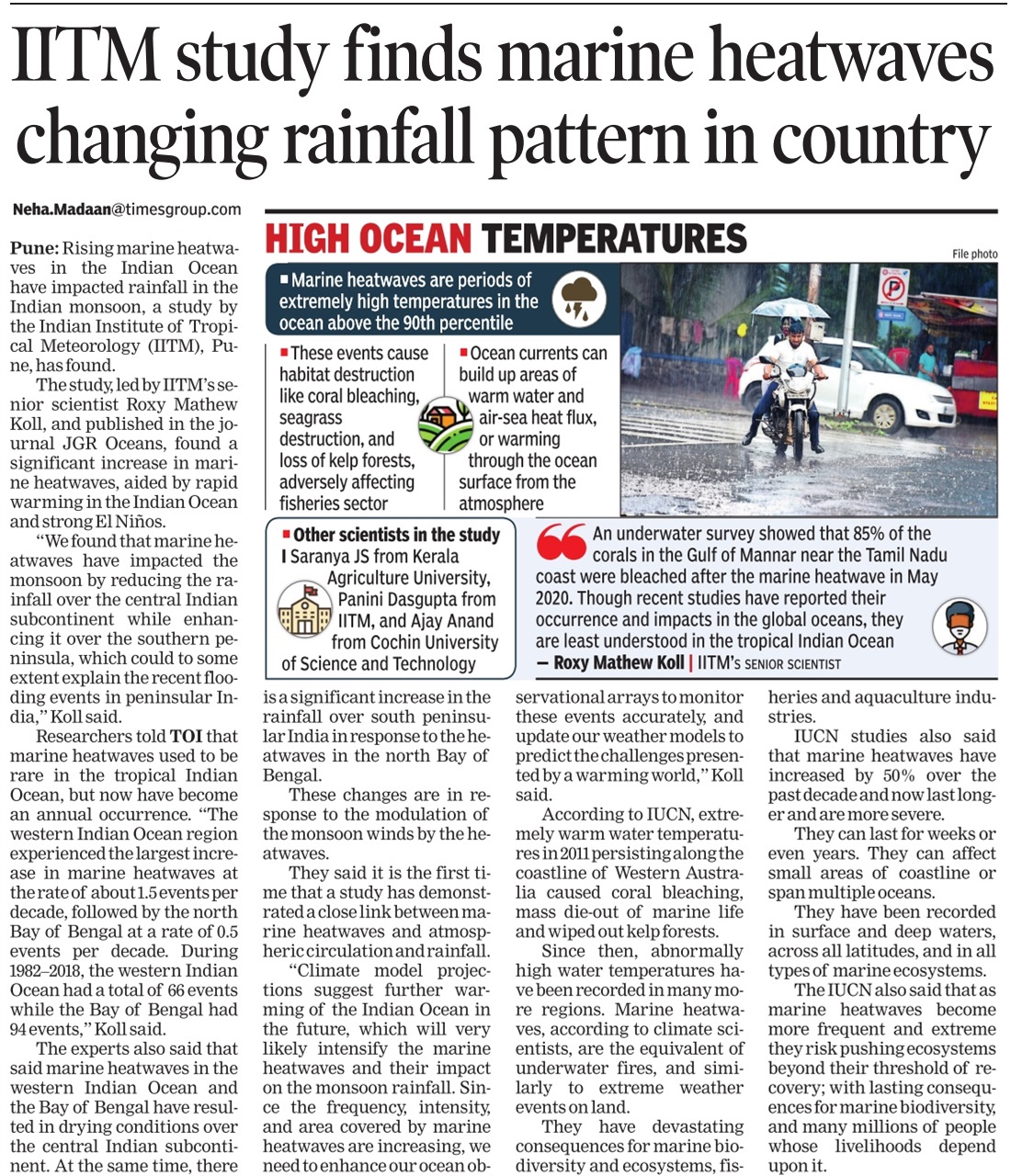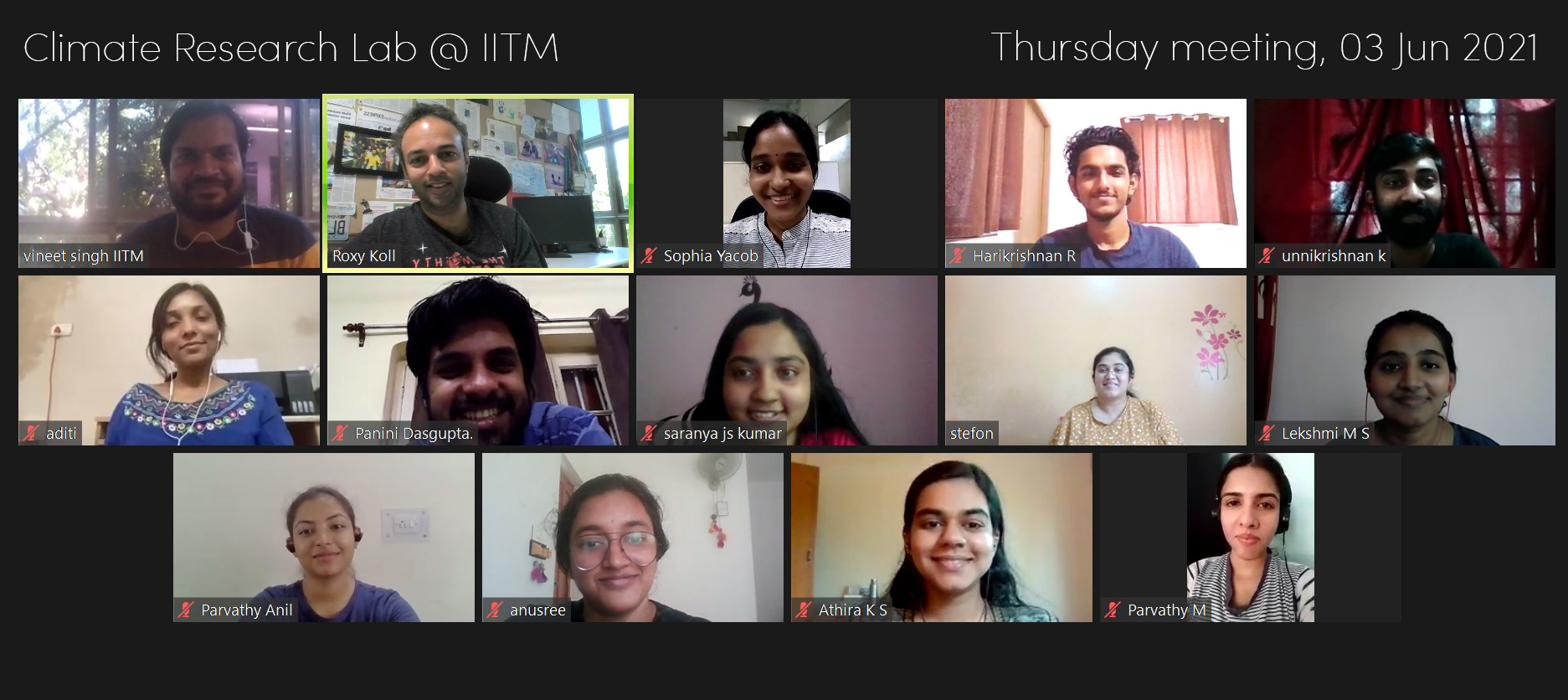Widespread extreme rain events across central India have tripled since 1950, reports a study led by Dr. Roxy Mathew Koll and his team at the Indian Institute of Tropical Meteorology (IITM), and published in Nature Communications. These severe weather events result in largescale floods and catastrophic loss of life and property across central and northern India – Gujarat, Maharashtra, Madhya Pradesh, Chhattisgarh, Telangana, Odisha, Jharkhand, Assam, Meghalaya and parts of Western Ghats – Goa, north Karnataka and central Kerala.
Global economic losses from floods exceeded 30$ billion per year in the past decade, with some of the largest losses linked to extreme rainfall events in Asia. Floods attributed to extreme rain events in India alone accounted to losses of about 3$ billion per year, which is 10% of the global economic losses. In our study, we demonstrate that these floods are on a rise due to the occurrence of “widespread extreme rains”. We find a three-fold increase in these widespread extreme events during 1950-2015.
There have been 268 reported flooding events in India over 1950-2015 affecting about 825 million people, leaving 17 million homeless and killing about 69,000 people. The rise in extreme rainfall events are over a region where the total monsoon rainfall is decreasing. The fact that this intensification is against the background of a declining monsoon rainfall makes it catastrophic, as it puts several millions of lives, property and agriculture at risk.
The figure below shows that while the mean summer monsoon rainfall over India is decreasing, the extreme rainfall events are on a rise. That means longer dry periods interspersed with short spells of heavy downpour.
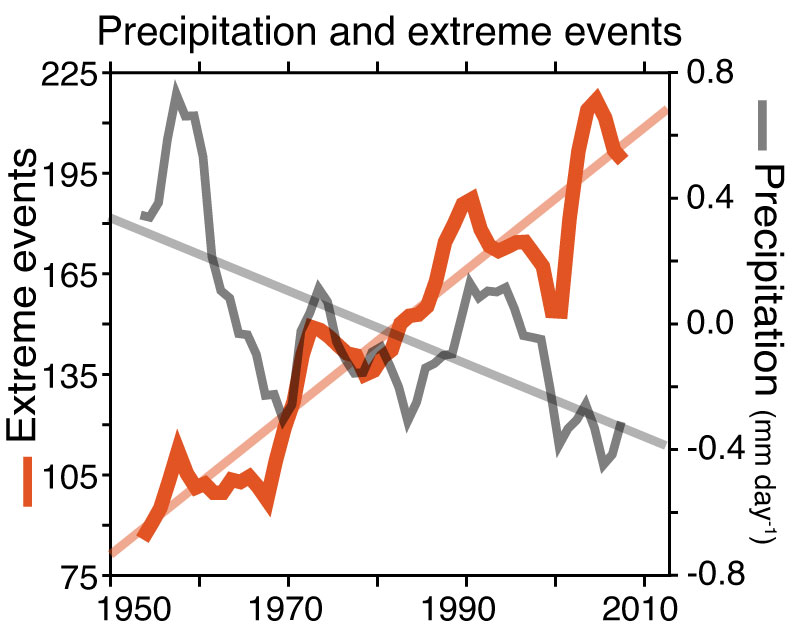
Mechanism: It has been a puzzle as to where the needed moisture is coming from, since the total monsoon rainfall and local moisture availability has decreased in recent decades. It was generally presumed that many of these heavy rainfall spells result from low-pressure systems that develop in the Bay of Bengal and move inland bringing moisture into the Indian subcontinent. However, the frequency of these low-pressure systems has in fact declined. Hence it is puzzling that extreme rains are on a rise despite a weakened monsoon and a decrease in the number of low-pressure systems over central India.
Not low-pressure systems or local temperatures but moisture transport from Arabian Sea: We demonstrate that this extra moisture is transported in from the Arabian Sea. The study finds that the monsoon winds (westerlies) over the northern Arabian Sea are exhibiting increased variability (large fluctuations), driving surges of moisture supply, leading to extreme rain episodes across the entire central Indian belt. This is due to the increased warming north of the Arabian Sea, as a result of increased human activities including carbon dioxide emissions. The warm ocean temperatures in the northern Arabian Sea result in increased moisture and also large fluctuations of the monsoon winds.
Widespread: Most of these events are widespread across a large area over central India, resulting in largescale floods (70°-90°E, 18°-26°N, more than 500,000 km2 in area, and a population of 500 million – larger than the US population). See the figure below – warm colors indicate the region where extremes are increasing – entire central belt of Gujarat, Maharashtra, Madhya Pradesh, Chhattisgarh, Telangana, Odisha, Jharkhand, Assam, Meghalaya and parts of Western Ghats – Goa, north Karnataka and South Kerala.
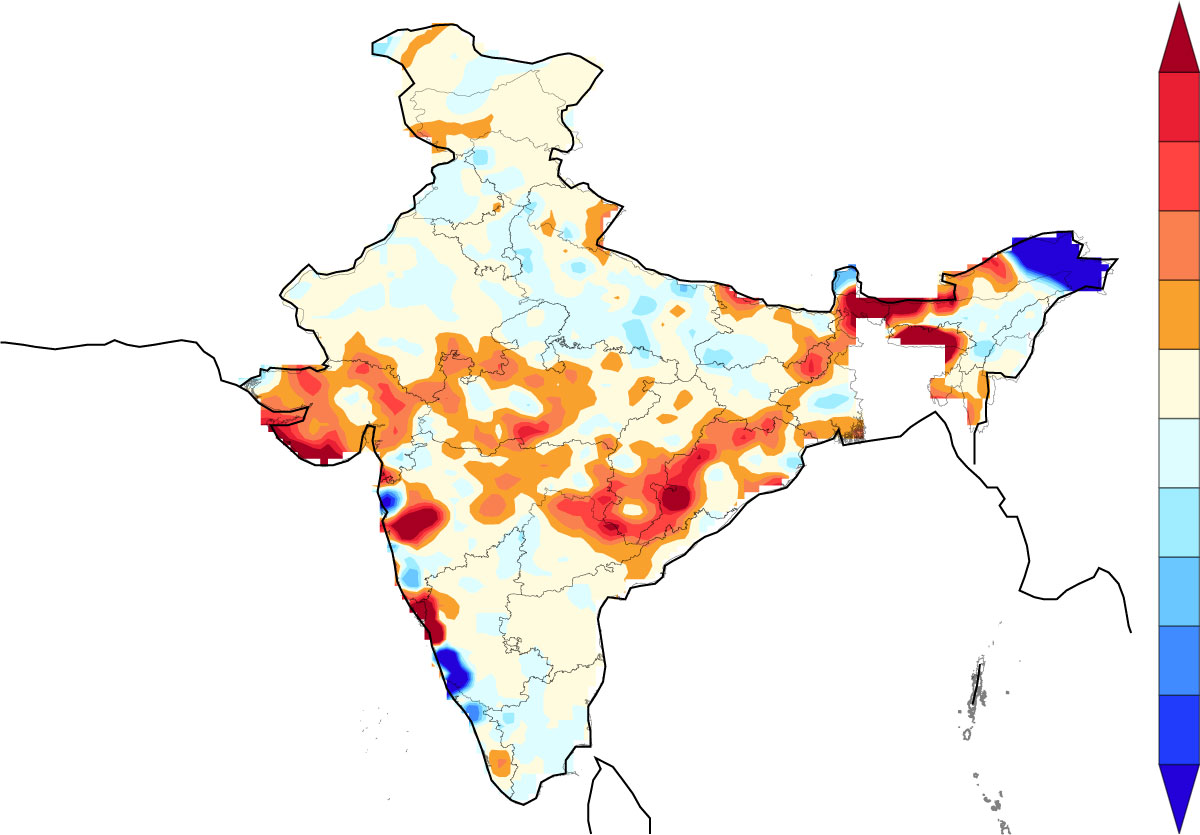
Predictability: These extreme rainfall events are predictable by two-three weeks in advance, which will help in mitigating their disastrous impact on life and property. For example, IMD and IITM forecasts indicated widespread extreme rains 5-6 days in advance of the recent Mumbai floods (29 Aug 2017), and an alert was given. It is another story that the forecasts were not taken seriously until the event occurred!
Recent Floods: During the summer monsoon of 2016, heavy-to-extreme rainfall events occurred across the central Indian region resulting in largescale floods. The floods were widespread, and caused damage to life and property on the west coast including Mumbai, and submerged the Kaziranga National Park in the state of Assam in northeastern India. A snapshot of the satellite rainfall data during these floods reveals a widespread heavy rainfall event spread over a period of three days. The regional extent of the widespread rainfall event shows a huge similarity with that of the increasing trends in extreme rain events. The recent Mumbai 2017 floods also exhibited a similar pattern.
Historical Floods: We analyzed some of the historical floods which resulted in the largest loss in terms of human lives and property. For example, the central Indian floods in 1989 and 2000, Mumbai floods in 2005, South Asian floods in 2007, etc. were a result of intense rainfall spread over a period of three days, tracing their moisture source to the westerly flow from the Arabian Sea.
Reference: Roxy M. K., S. Ghosh, A. Pathak, R. Athulya, M. Mujumdar, R. Murtugudde, P. Terray and M. Rajeevan, 2017: A threefold rise in widespread extreme rain events over central India. Nature Communications, 8, 1, 708, doi:10.1038/s41467-017-00744-9 [link] [pdf]

